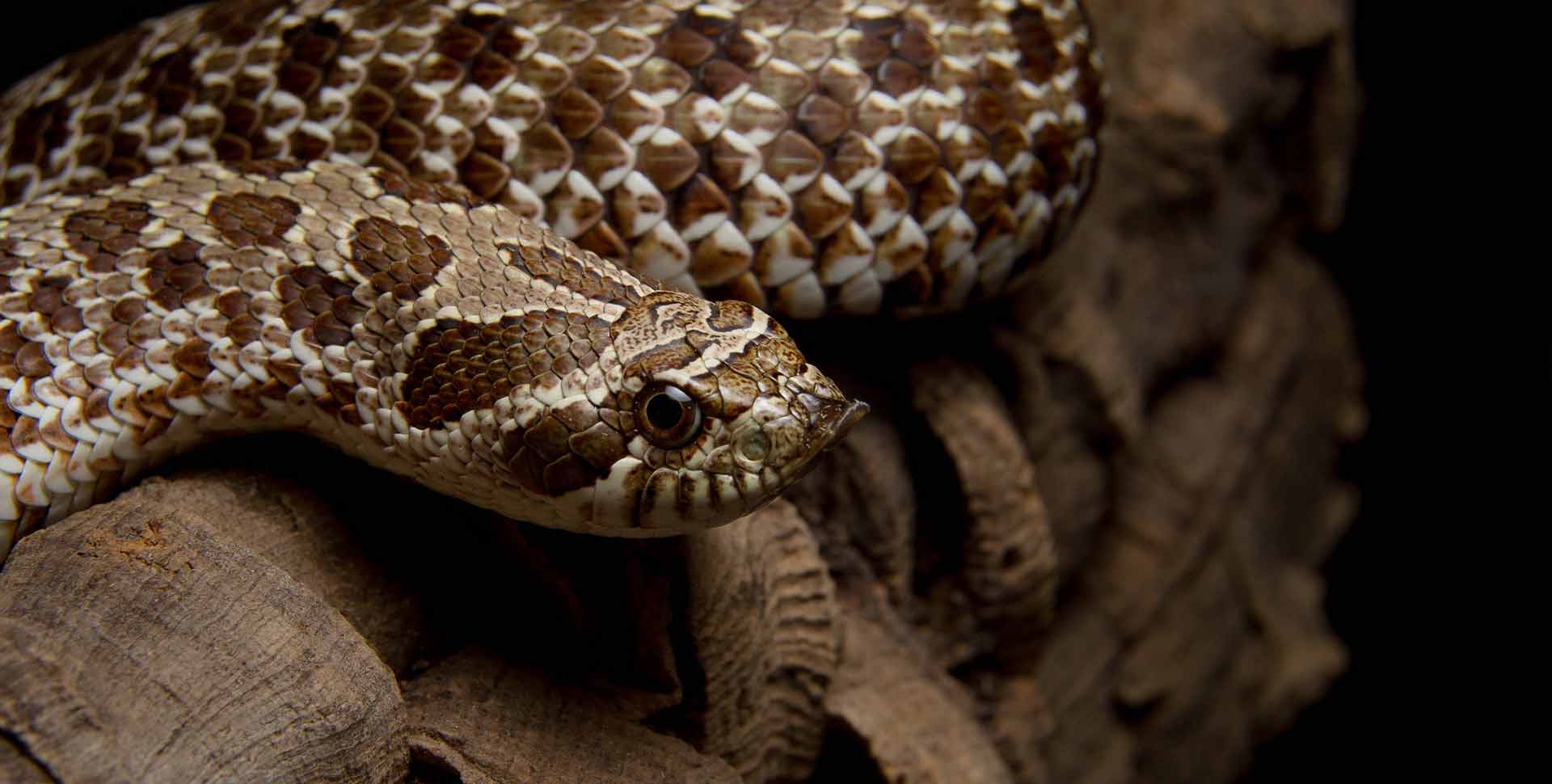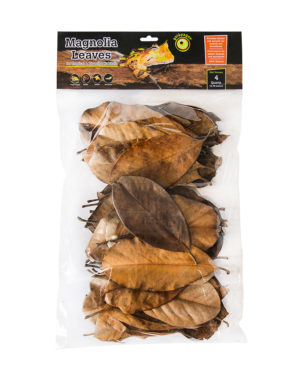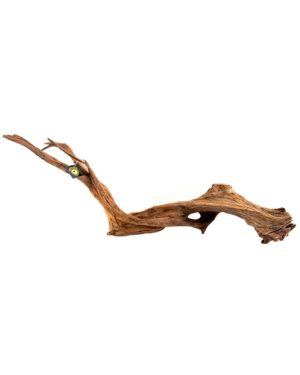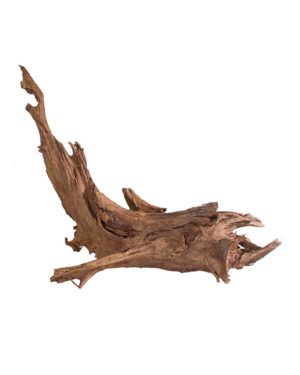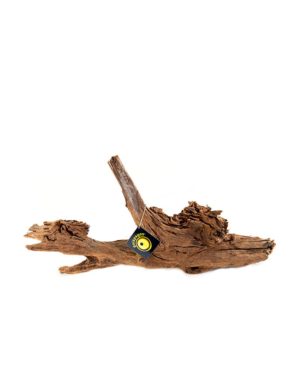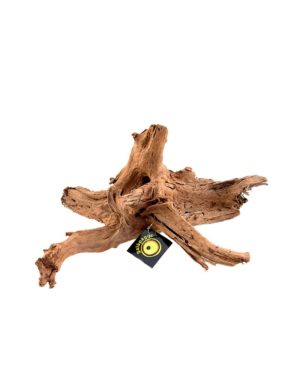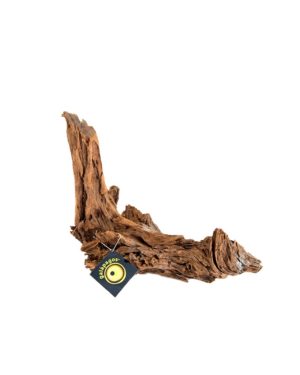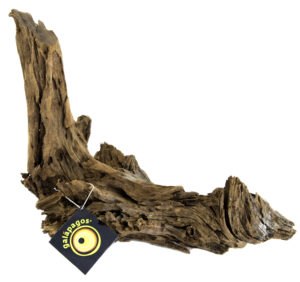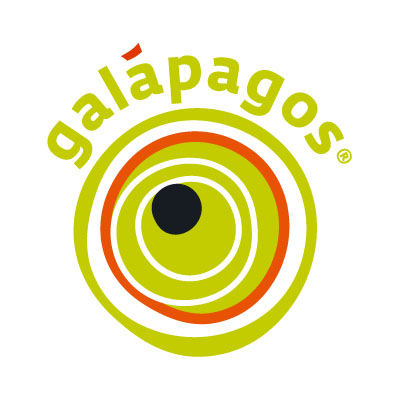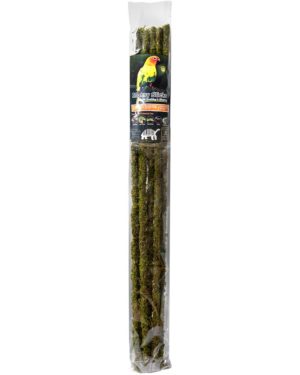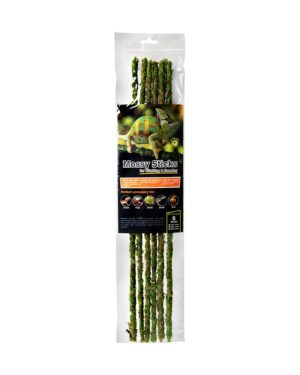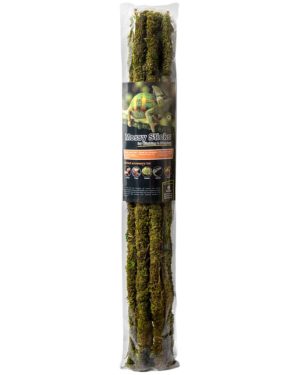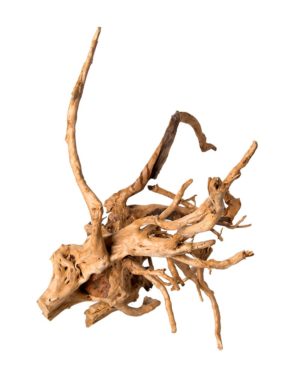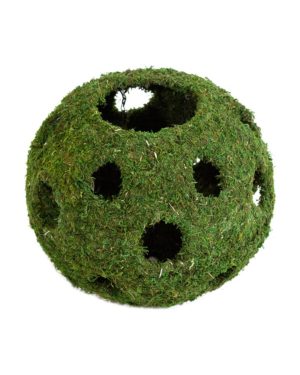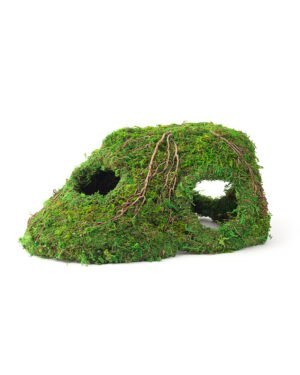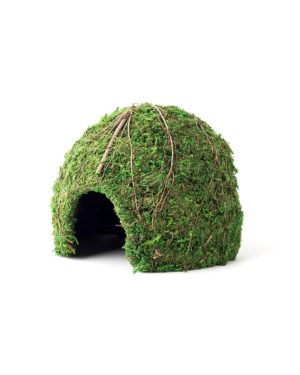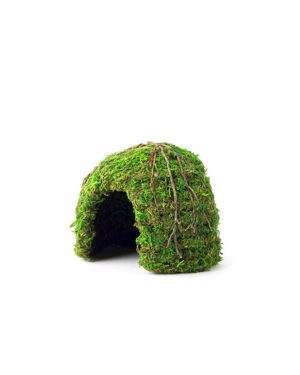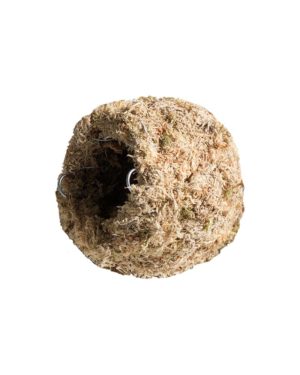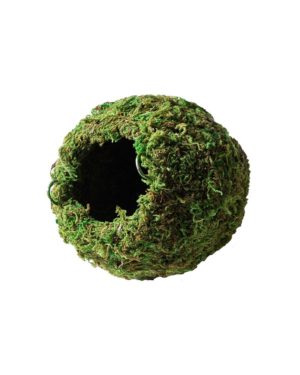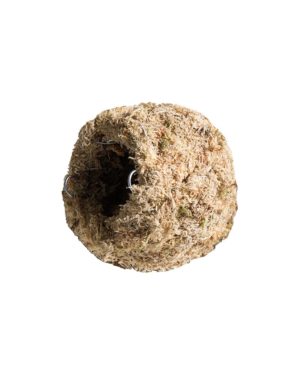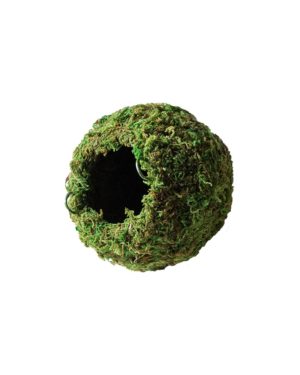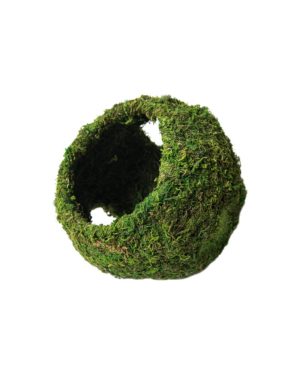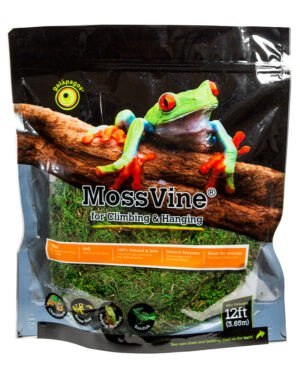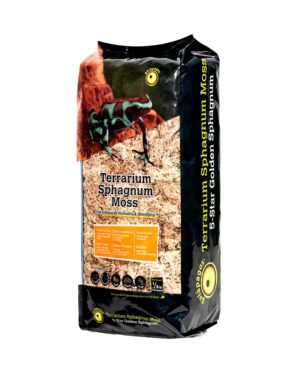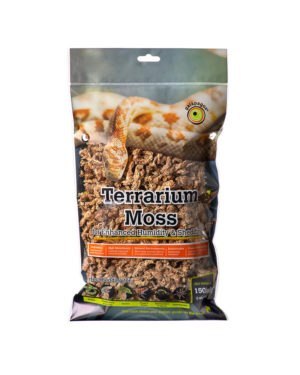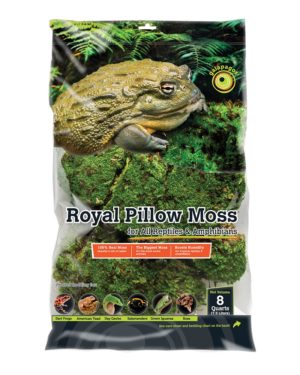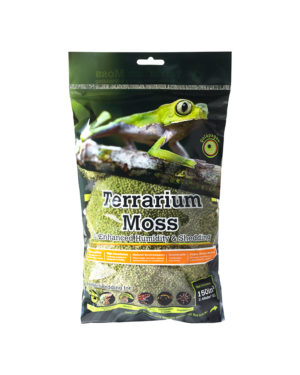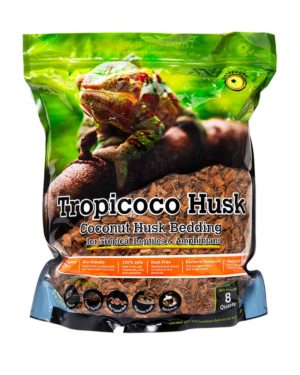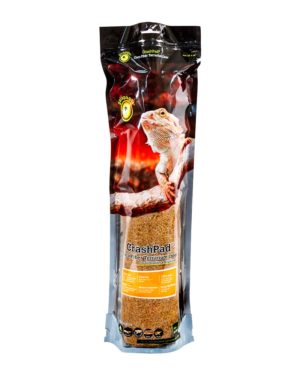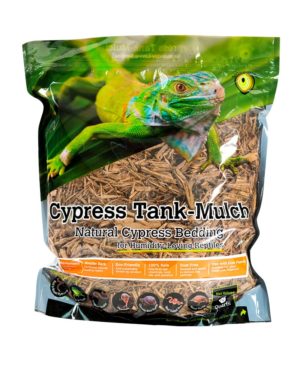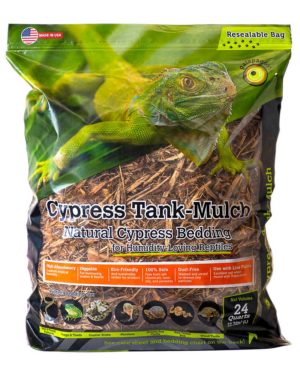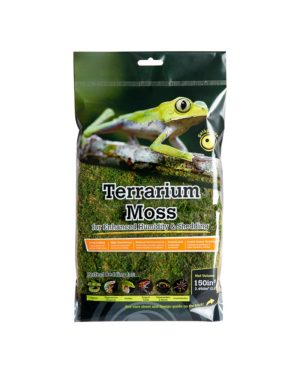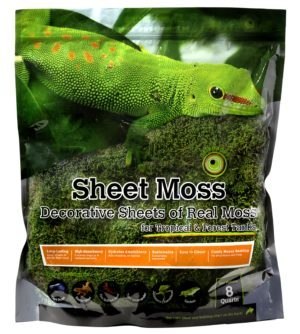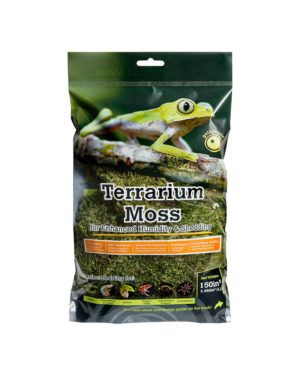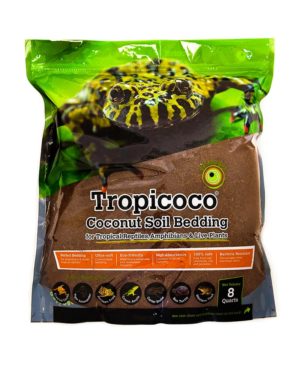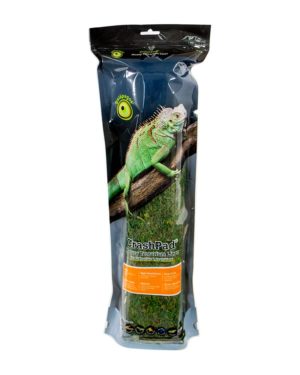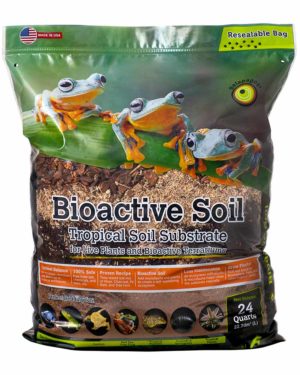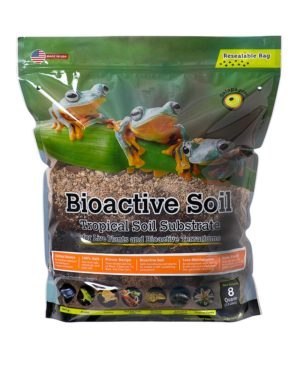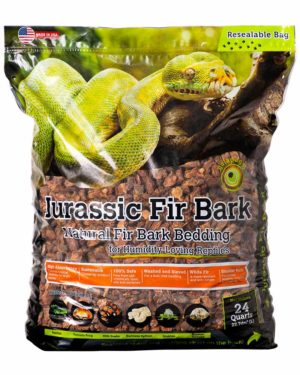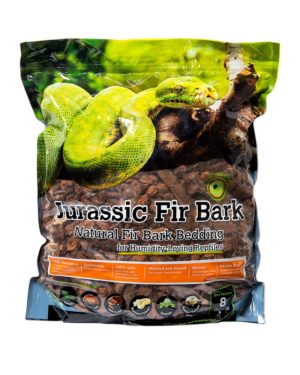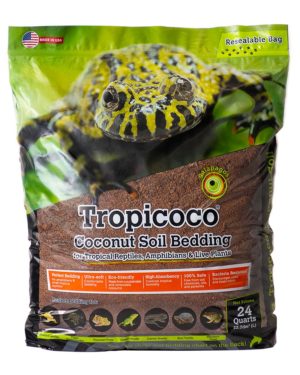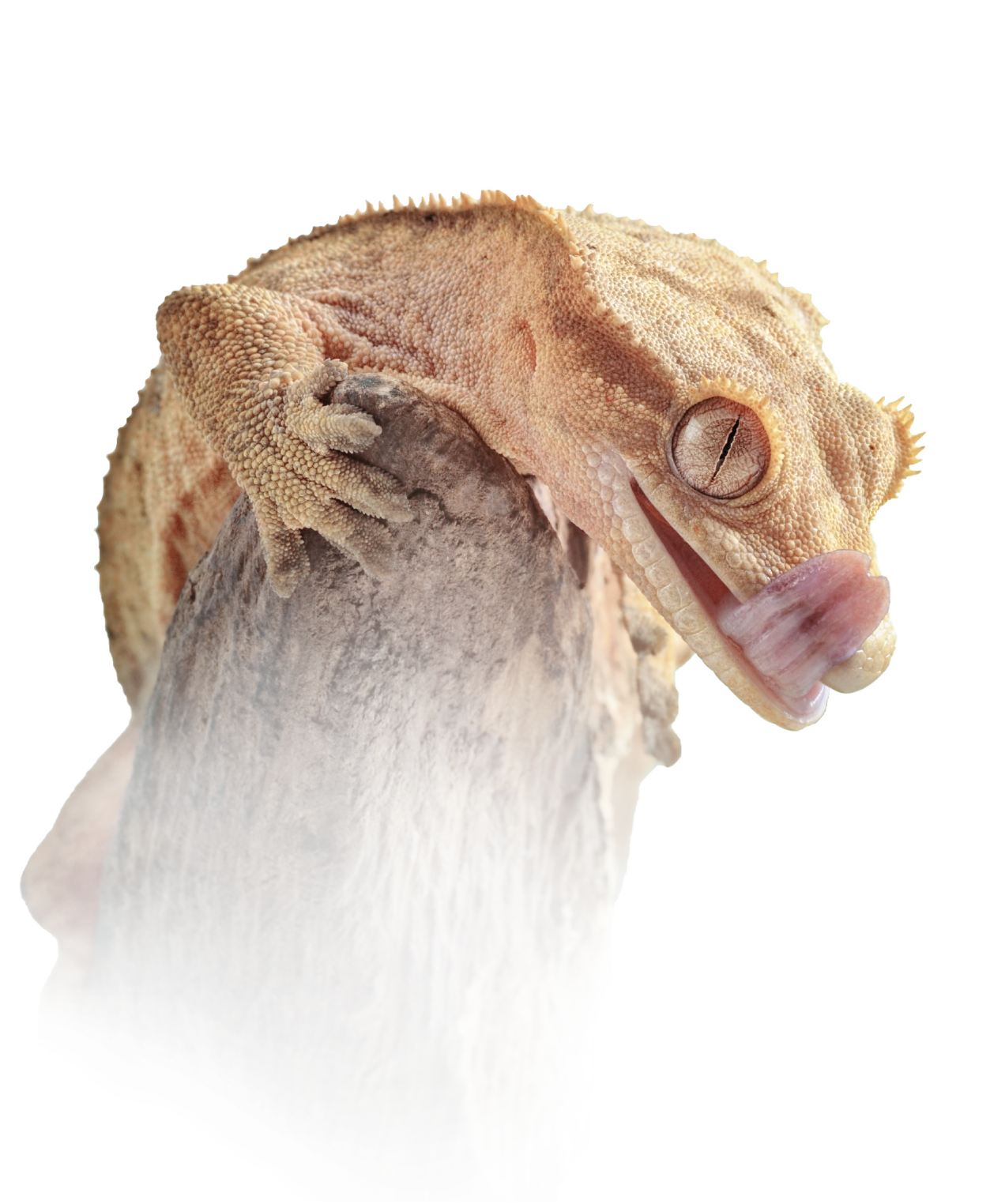Environment
Temperate
Light
Optional
Temperature
75-90 °F
Humidity
30-50%
Most Active
Diurnal
Lifespan
10-15 years
Size:
Hognose snakes hatch out at approximately 5-9 inches in length. Like many species of snakes, males tend to be smaller than females. Adult males range from around 14-20 inches. Females tend to average 22-28 inches.
Lifespan:
In captivity, with proper care, hognoses can live 10-15 years or more.
Enclosure:
When designing your hognose’s enclosure make sure to remember that they are commonly found in open prairies, meadows, and floodplains with temperate climates. Hatchlings can be kept in a rack system or 10-gallon tank. Adults can be housed in 32 quart racks or 20-gallon tanks.
Temperature & Humidity
Providing a heat gradient with lows in the mid 70s and a basking spot of 90 degrees Fahrenheit is very important as reptiles are cold blooded and must be able to regulate their body temperature. Humidity should be kept around 30-50 percent and increased during shedding.
A great way to help control and maintain humidity and make your hognose’s enclosure more natural is with mosses. Golden Sphagnum Moss, Green Sphagnum Moss, Sheet Moss, Pillow Moss, and Royal Pillow Moss are all excellent at storing and maintaining humidity and work well with hides to create humidity hides during shedding.
Lighting
Full spectrum lighting is recommended for hognoses as they are diurnal but not required. However, only use lightning up to 12 hours a day as too much lighting can be stressful.
Feeding
You will want to feed your hognose an appropriate sized rodent every 7 days when they are hatchlings or juveniles. “Appropriate sized” meaning the same size as the largest girth of the snake, normally the mid section. Do not handle the hognose for at least a day after feeding so it can properly digest the meal.
Feed adult hognoses every 2-3 weeks. Many snakes are known for going off feed during winter months so do not be alarmed if your hognose stops feeding for a month or two. Simply keep an eye on the snake’s overall condition and weight. Snakes generally do not eat during shed cycles.
Water
Always provide fresh, clean water for your hognose. Make sure to check water daily as snakes will occasionally defecate in their water dish. The size and style of the water dish is up to you.
Substrate
Newspaper and paper towels are the least expensive bedding but be sure to keep a close eye on temperature and humidity as these options do hold up as well as other substrates. Hognose snakes love to burrow which is why Aspen is the most popular substrate for this species. Cypress Mulch, Orchid/Fir Bark, and Coco Husk are also great naturalistic substrate options that help maintain and control humidity. Lastly, Coconut Soil is another option that is very good at holding moisture. No matter what substrate you decide to use make sure to keep an eye on humidity as too much or too little can cause problems.
Hides
Providing a safe hiding place for your hognose is extremely important to the overall health of your reptile. Hognose snakes need a secure, dark cave or hide that they can retreat to in order to reduce stress and feel safe. It is best to have two hides in the enclosure with one placed on the hot side and one on the cold side. This is so the hognose can properly control its temperature and feel safe no matter which side they choose. There are a variety of hides available on the market (Sapa and Moss Domes are popular naturalistic options).
Decor
After the necessities, hognose enclosures can have any variety of decor that help to add enrichment. Spider Wood, Grapevine, and Driftwood are popular climbing implements that provide a different texture and aid in shedding. Natural stones, plants and Vines are also a great addition for general stimulation and enrichment with the added benefit of a naturalistic look.
Interesting Facts:
- Although hognoses are considered non-venomous, there is a debate on whether or not they should be considered venomous due to the mild toxins found in their saliva. However, they are not dangerous to humans.
- There are several colubrid species that include hognoses: Heterodon (United States/Mexico), Leioheterodon (Madagascar), and Lystrophis (South American). Heterodon is by far the most common in the pet trade.
- There are dozens of “morphs” available as pets. Morphs refer to the various colors and pattern mutations such as: albino, leucistic, and anerythristic.
- Hognose Snakes are known for their multitude of defensive mechanisms including: hissing, compressing their body to appear larger, and even playing dead. Their playing dead defense is one theatrical scene where they flip themselves over, stick out their tongue, and even emit foul musk or fecal matter from their cloaca.
- Due to their defense mechanisms and coloration, the hognose is often mistaken by humans as a juvenile venomous rattlesnake and often killed as a result. However, hognoses are harmless to humans and provide benefits such as controlling rodent populations.


